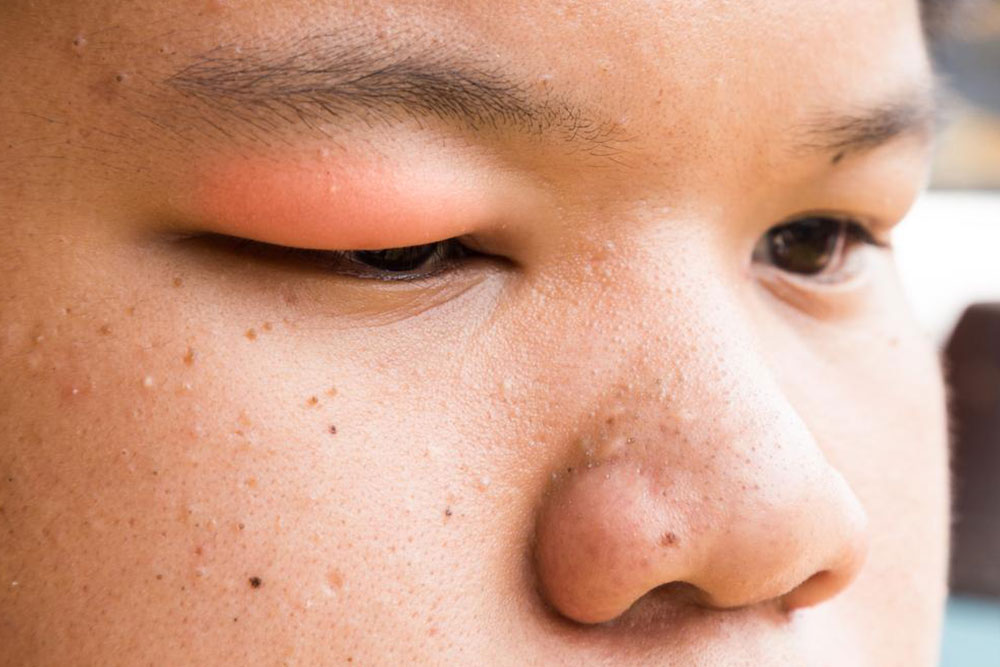These are the causes of stye that you need to be aware of
A stye, also called as hordeolum is a small painful lump that forms inside or outside the eyelid. It is actually abscess that is filled with pus. Stye is caused due to bacterial infection called staphylococcus, which is a kind of bacterial infection. Stye are one of the common eye infection.

Just like conjunctivitis, most people experience it one or two times at some stages in their life.
Causes of stye
- Most of the stye cases are seen in the age bracket of 20 to 50. It is specially seen in people who suffer from diabetes, or have high lipid levels. Stye might occur on upper eyelids, lower eyelids or on both.
- As mentioned above, stye is caused due to staphylococcal bacteria that lives right under the surface of the skin. Since our bodies are coated with a huge number of friendly bacteria, some bacteria tend to feast on the dead cells and debris in our body that results in the tender pimple.
- Some people develop stye frequently. This could be basically due to poor eye hygiene. In some cases inflammation of eyelids also leads to stye.
- Chalazion, which is a type of stye is caused due to blockage of tiny eyelid glands. They normally transport an oily substance that helps keep the eye lubricated. This material enters the tear film of the eye and prevents from tear evaporation. Chalazia develops in a span of weeks or moth when the immune system is stimulated by trapped or misplaced oil to clean up the mess.
- Internal hordeolum or stye is caused due to infection of Meibomian glands that are present at the edge of the eyelids.
Symptoms of stye
Based on the causes of stye, following are the symptoms
- A stye usually looks like an acne pimple that appears anywhere in the body. It is acutely small localized swelling on the eyelid. Appearing somewhat like a pimple, the surrounding skin is reddish. It also results in swollen eyelids if the infection spreads beyond the affected gland.
- In some cases, eyelid swelling might appear first and localized lesions might appear later.
- In most of the cases, treatment might not be needed, but in case of severe inflammation, the area around the whole eyelid and even the tissues around the eyeball might get affected, causing pain. If the swelling is assisted with itching of eyes, then there are chances that there might be an underlying causative ocular condition.
- There might be formation of purulent material around the infected area of the eyelids. In severe cases of stye, the person might experience enlarged lymph nodes present in front of the ears.
If you are suffering from any of the above mentioned symptoms of stye, consult an optometrist who will diagnose the severity and provide treatment accordingly.











